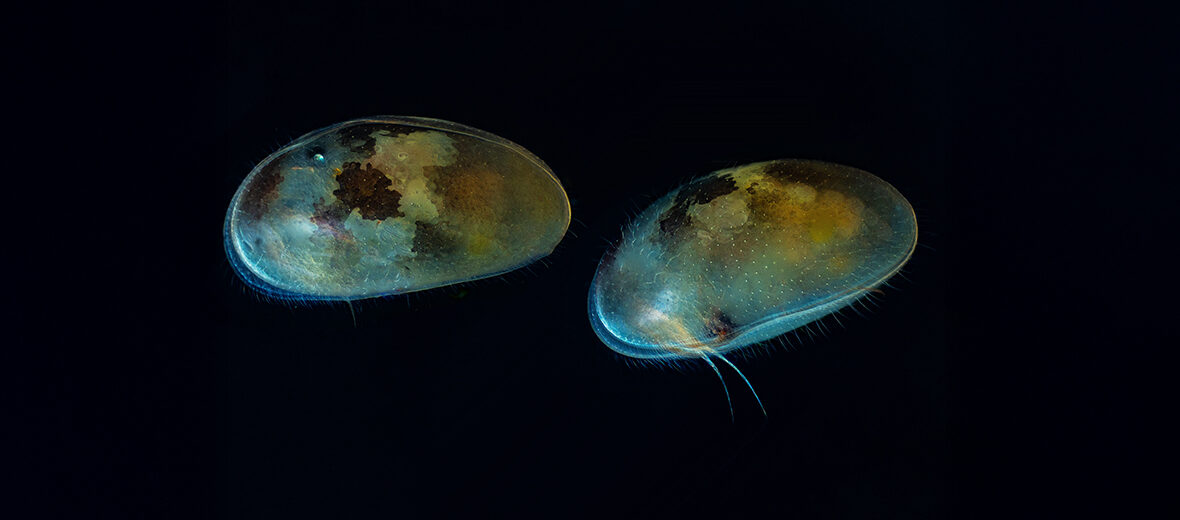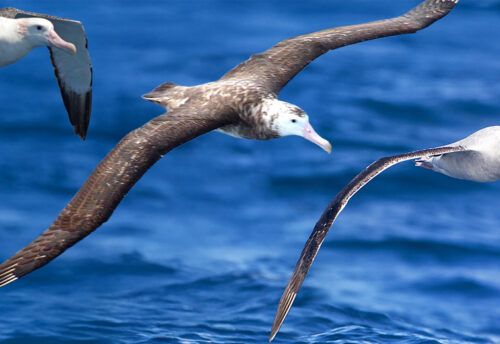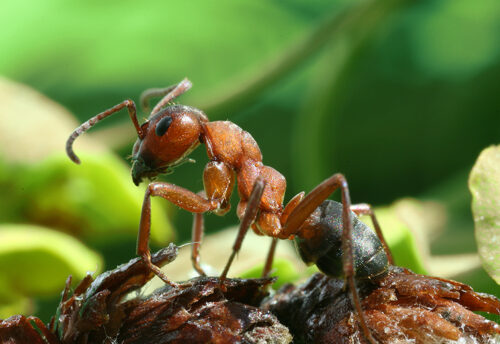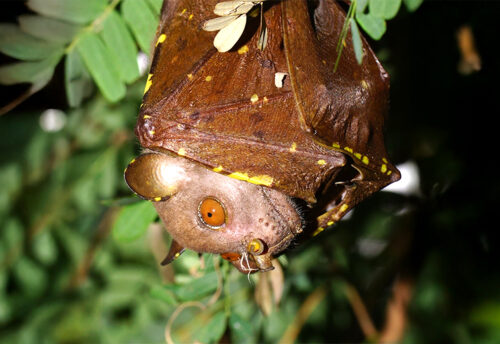
The ostracod, aka ostracode or seed shrimps, are small crustaceans that are usually only 0.0079 inch, but can be up to 1.3 inches. They have a bivalve-like valve, aka “shell”, made of chitin, and many times calcium carbonate. They can be found among zooplankton in ocean waters and fresh water bodies all over the world. They dwell on or inside the upper layer of the sea floor. These diminutive critters are not currently evaluated by the IUCN.
First the Stats…
Scientific name: Ostracoda
Length: Up to 1.3 inches
Lifespan: Up to 4 years
Now on to the Facts!
1.) There are 33,000 species identified, and likely many more in existence.
2.) These tiny creatures vary in their diet and can be carnivores (eat meat), filter feeders (filter microscopic materials from the water), herbivores (eat plant matter), and scavengers (eat left over food from other animals). However, most ostracods are detritivores (feed on sediment deposited on the ocean floor).
3.) Ostracod hails from the Greek word óstrakon and translates to shell or tile.
4.) Ostracods are, by far, the most common arthropods in fossil records with fossils dating back to the early Ordovician Period (485,400,000 years ago) to present day.
5.) Freshwater ostracods have even been located in Baltic amber from the Eocene Age (56,000,000 years ago), having supposedly been washed onto trees during floods.
But wait, there’s more on the ostracod!
6.) Their body is comprised of a head and thorax, separated by a slight narrowing. Unlike many other crustaceans, the body isn’t clearly divided into segments.
7.) As of 2008, approximately 2,000 species and 200 genera of freshwater ostracods have been described. However, a large portion of diversity is still not described, which is indicated by undocumented diversity hotspots of temporary habitats found in Africa and Australia.
Did you know…?
Freshwater species have been found living in sulfidic cave ecosystems like the Movile Cave, deep groundwaters, hypersaline waters, acidic waters with pH as low as 3.4, phytotelmata (small, water-filled cavities) in plants such as bromeliads, and in temperatures ranging from almost freezing to more than 122ºF in hot springs. So, it’s safe to say they’re versatile, like the tardigrade.
8.) Male ostracods have 2 phalluses, that correspond to 2 genital openings (gonopores) on the female. The individual sperm are often large, and are coiled up within the testis prior to mating; in some cases, the uncoiled sperm can be up to 6x the length of the male ostracod itself.
9.) Some individuals are partially or wholly parthenogenetic (can reproduce without the need of a male’s sperm).
10.) In the order Myodocopida, brood care exists. This is where 1 or both parents care for their young till their first instar (molt).
But wait, there’s still more on the ostracod!
11.) Species that are adapted to vernal pools (temporary pools) can achieve sexual maturity in just 30 days after hatching.
12.) There is no larval stage or metamorphosis (direct development) in the young when born in vernal pools. Rather they hatch from the egg as juveniles with the bivalved carapace and at least 3 functional limbs. As juveniles grow through a series of instars (molts) they acquire more limbs and further develop the existing ones.
Did you know…?
Bioluminescence has evolved 2 times in ostracods; once in Cypridinidae, and once in Halocyprididae. In bioluminescent Halocyprididaes a green light is generated within carapace glands, and in Cypridinidaes a blue light is created and projected from the upper lip.
13.) Predators of ostracods are many and include tadpoles and larval salamanders, in freshwater environments, to creatures as large as whale sharks in marine environments.
14.) Some ostracods, like Vargula hilgendorfii, have a light emitting organ in which they produce luminescent chemicals. These ostracods are called “blue sand” or “blue tears” and glow blue in the darkness.
15.) Their bioluminescent properties made them valuable to the Japanese during World War II. The Japanese army collected large amounts from the ocean to use as a natural light for reading maps and other papers during the cover of night.
Now a Short Ostracod Video!
Be sure to share & comment below! Also, check out the Critter Science YouTube channel. Videos added regularly!

Want to suggest a critter for me to write about? Let me know here.
Some source material acquired from: Wikipedia & IUCN
Photo credit: Janek Lass



